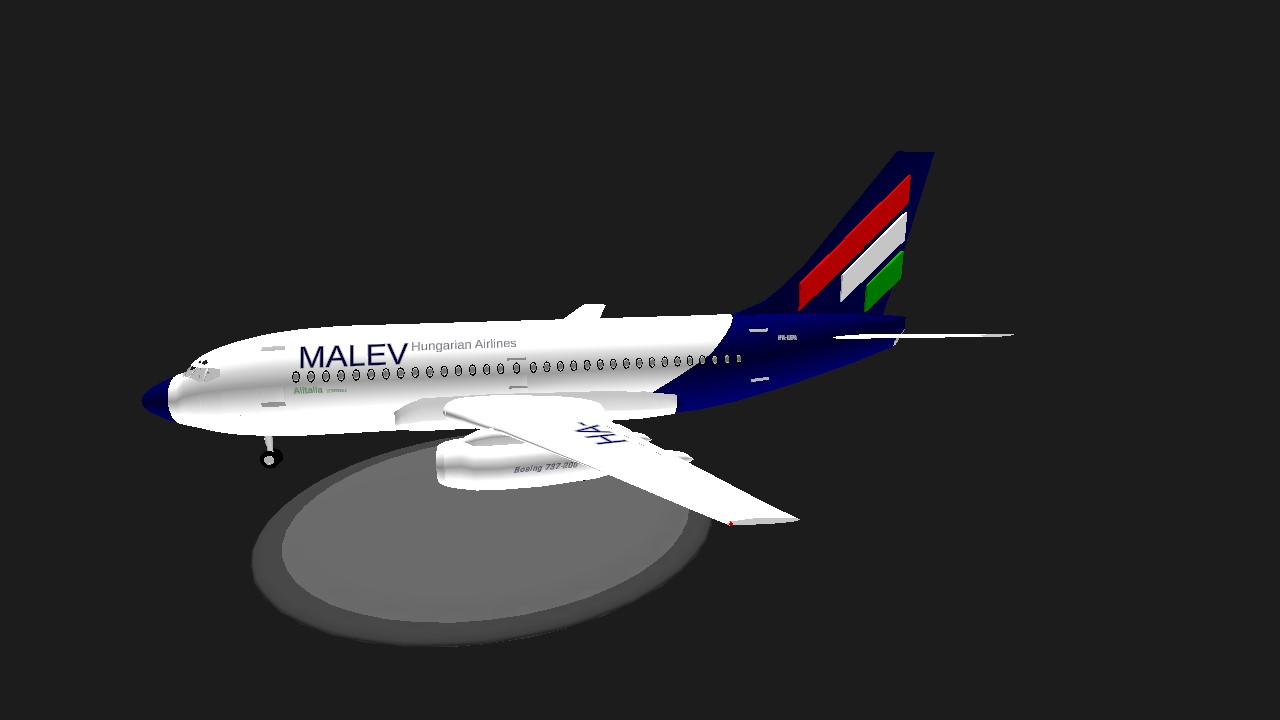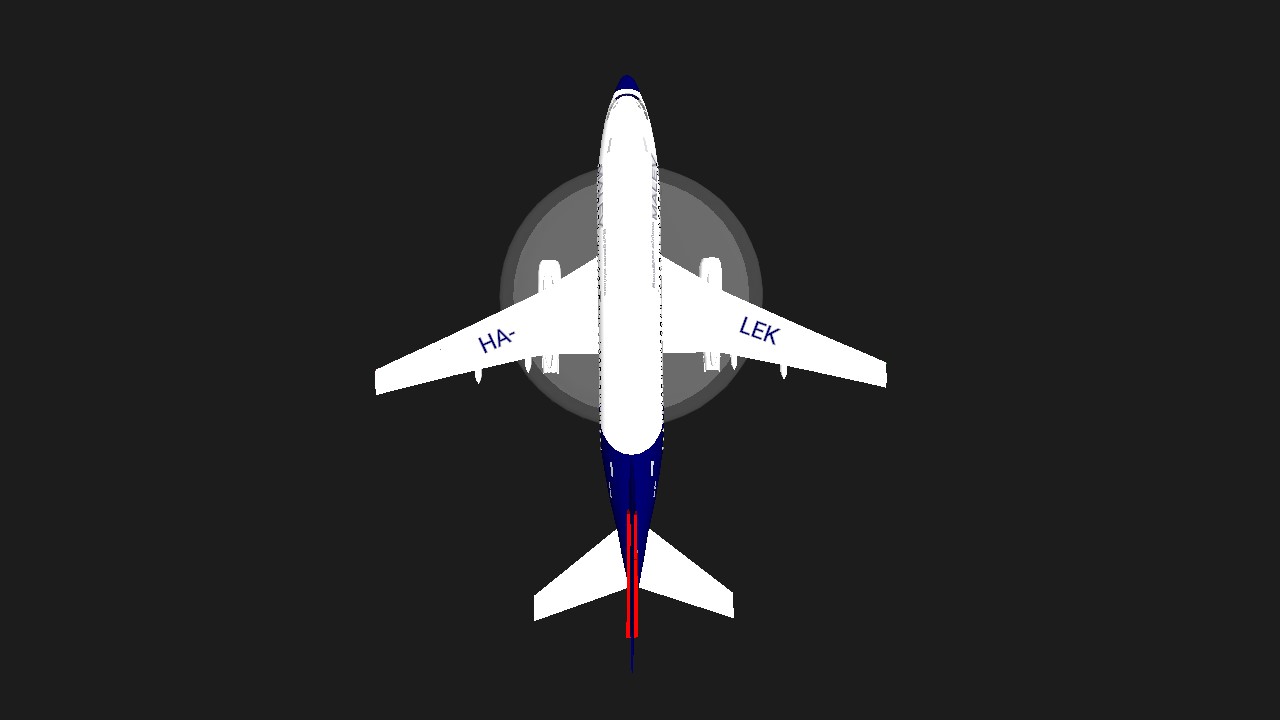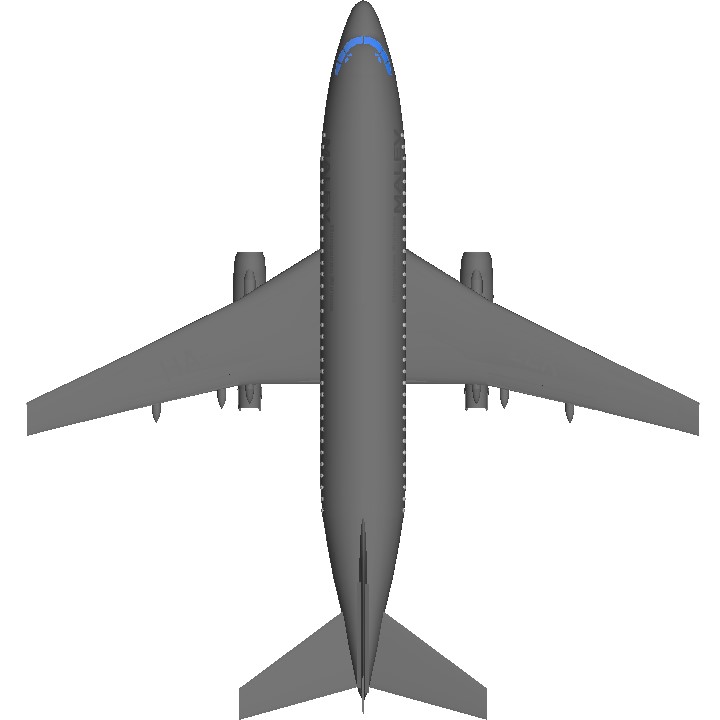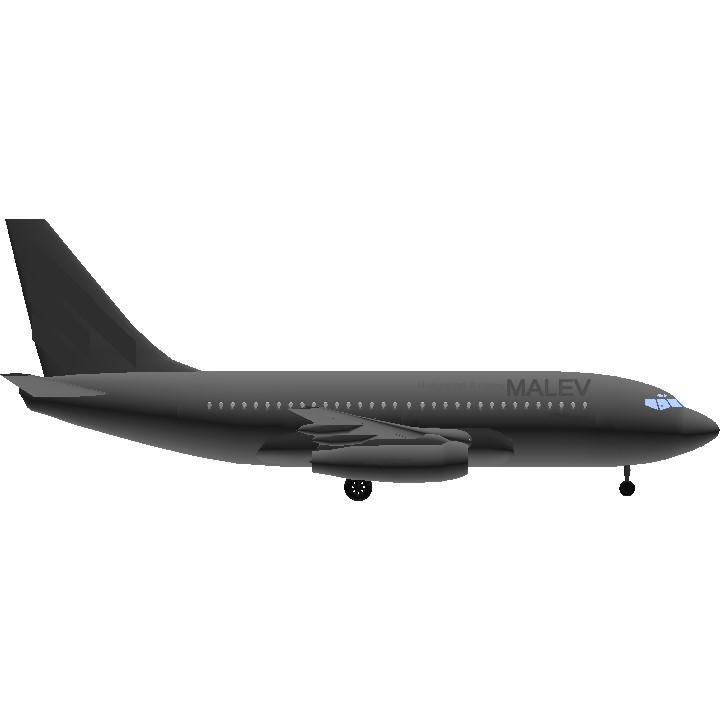Hello
It me, today i upload the Malev and alitalia livery
So lets go to the information
Beginnings
Hungarian civil aviation was pioneered by airlines such as Aero Rt. (founded 1910), Magyar Aeroforgalmi Rt. (Maefort) and Magyar Légiforgalmi Rt. (MALÉRT (m?le?rt)). The widespread devastation of World War II forced these airlines to suspend airline service in 1940–44, and they were ultimately replaced by Maszovlet as the national airline after the war. Maszovlet was founded on 29 March 1946, as the Hungarian-Soviet Civil Air Transport Joint Stock Company (Magyar-Szovjet Polgári Légiforgalmi Rt. also known as MASZOVLET), as a merger between Malert, Maefort and the Hungarian part of Aeroflot.
The initial fleet consisted of 21-seat Li-2 passenger aircraft (the Soviet-licensed DC-3) and 3-seat Po-2 "taxis", used for precision air mail: sacks of mail were dropped from the aircraft when flying over its destination. In 1950, Malév's operating base moved from Budaörs to the newly opened airport at Ferihegy, where it remained.
On 25 November 1954, Hungary acquired all the Soviet shares of MASZOVLET, and renamed the company MALÉV. Ilyushin Il-14 twin piston-engined transport aircraft were acquired in the late 1950s. Operations were expanded, with flights extending to nearby countries and, following the 1965 acquisition of Ilyushin Il-18 turbine propeller airliners, and the subsequent 1968 purchase of jet-powered Tupolev Tu-134s from the Soviet Union, across Europe and the Middle East. In the summer of 1974, the Tupolev-154 was brought into scheduled service.
Even before the political changes of 1989 and the arrival of democracy, Malév had begun phasing out its Soviet-era planes with the introduction of the airline's first Western-designed aircraft, a Boeing 737-200 on 18 November 1988.[4][5] With that, Malév was the second airline in the then-communist COMECON countries of Central Europe to operate a Western-built aircraft. (TAROM – Romanian Airlines started operating the BAC 1-11 in 1968 and the Boeing 707 in 1974. LOT – Polish Airlines was the third with its Boeing 767-300 aircraft launched in April 1989).[6]
The company's logo, which turned out to be its last, was designed by graphic designer László Zsótér (DLA) in 1986 and consecutively adopted during the following years.[7]
1990s–2007: Modernisation
The last Soviet-built Tupolev Tu-154 aircraft was withdrawn from service in 2001. In 2003, MALÉV began replacing its Boeing 737 Classic aircraft with 737 Next-Generation planes. It then ran a fleet of 18 Boeing 737 Next Generations, as well as 4 Bombardier Dash 8 Q-400s for short-haul routes.[8]
From 1999 to 2007, the Hungarian State Privatization Company ÁPV Plc. (Állami Privatizációs és Vagyonkezelo Rt.) owned 99.5% of Malév shares. The other 0.5% were in the hands of small shareholders. József Váradi was CEO from 1999-2003. He later founded Wizz Air. ÁPV Plc. repeatedly tried to privatise Malév, finally selling it to AirBridge Zrt.
2007–2011: In private hands
AirBridge acquired 99.9% of the airline in February 2007. It had 1,785 staff members, as of 31 December 2007.[9]
Despite Czech Airlines' offer to sponsor Malév as an associate member of the SkyTeam alliance, and MALÉV's codeshare agreements with several SkyTeam carriers, Malév joined Oneworld on 29 March 2007.
On 12 July 2007, Lloyd Paxton was appointed CEO of MALÉV. Paxton replaced János Gönci, who remained on the board of directors as an adviser. Paxton was the first MALÉV CEO to come from the airline industry. He had been with British Airways for over 35 years and more recently with Air Astana. Two months later, on 14 September 2007, Lloyd Paxton resigned as CEO of MALÉV, replaced by Péter Leonov.[10] In January 2009, Ballo Anatoly Borisovich became the chairman.[11]
On 18 March 2009, the Russian state-owned Vneshekonombank took a minority stake of 49% in AirBridge Zrt which held the shares of the struggling airline. The majority, 51%, remained in Hungarian ownership. The managing control would be taken by Russia's Aeroflot – Russian Airlines[citation needed]. Martin Gauss, former CEO of DBA and Cirrus Airlines as well as a Boeing 737 pilot was elected as CEO on 15 April 2009.[12] During the management of Martin Gauss, MALÉV reached a load factor above industry average among "traditional" airlines, comparable of that of low-cost airlines. One of the reasons of the departure of Martin Gauss as CEO of MALÉV was the benefit ceiling established by the newly elected government, led by Orban Viktor, in 2010, where a ceiling of €8000 gross salary (approx €5000 net) was set for all managers, governing state-owned companies.
The airline was renationalised in February 2010, with Hungarian Government state holding company MNV acquiring a 95% stake in the airline. The remaining 5% remained with AirBridge. In December 2010, the European Commission began an investigation into illegal government subsidies of Malév.
2012: Financial collapse and cessation of operations
On 9 January 2012, the European Union considered the state aid received by MALÉV illegal and ordered Hungary to recover it from the company. The European Commission ordered MALÉV to repay various forms of state aid received from 2007 to 2010, totalling 38 billion forints (€130 m; $171 m), a sum equal to its entire 2010 revenue.[14][15] At the end of January 2012, MALÉV announced that it could no longer fund its own operations, and requested more subsidies from the Hungarian government.[16] After having two planes seized at foreign airports by creditors, MALÉV immediately ceased all flight activity on 3 February 2012, after 66 years of continuous operation. The airline's total debts were 60 billion forints (US$270.5 million) at the time of shutdown.[17] The shutdown occurred at 6 AM Western European Time on 3 February 2012.[18] On 14 February 2012, the Metropolitan Court of Budapest declared MALÉV Ltd. insolvent. Hitelintézeti Felszámoló Nonprofit Kft. (Credit Institutional Liquidator Nonprofit Ltd.) received the appointment as the liquidator of MALÉV Ltd.
(wikipedia )
after the history of airlines for the plane
The Boeing 737 is a narrow-body aircraft produced by Boeing at its Renton Factory in Washington. Developed to supplement the Boeing 727 on short and thin routes, the twinjet retains the 707 fuselage cross-section and nose with two underwing turbofans. Envisioned in 1964, the initial 737-100 made its first flight in April 1967 and entered service in February 1968 with Lufthansa. The lengthened 737-200 entered service in April 1968, and evolved through four generations, offering several variants for 85 to 215 passengers.
The 737-100/200 original variants were powered by Pratt & Whitney JT8D low-bypass engines and offered seating for 85 to 130 passengers. Launched in 1980 and introduced in 1984, the 737 Classic -300/400/500 variants were upgraded with CFM56-3 turbofans and offered 110 to 168 seats. Introduced in 1997, the 737 Next Generation (NG) -600/700/800/900 variants have updated CFM56-7s, a larger wing and an upgraded glass cockpit, and seat 108 to 215 passengers. The latest generation, the 737 MAX, 737-7/8/9/10 MAX, powered by improved CFM LEAP-1B high bypass turbofans and accommodating 138 to 204 people, entered service in 2017. Boeing Business Jet versions are produced since the 737NG, as well as military models.
As of June 2022, 15,167 Boeing 737s have been ordered and 11,066 delivered. Initially, its main competitor was the McDonnell Douglas DC-9, followed by its MD-80/MD-90 derivatives. In 2013, the global 737 fleet had completed more than 184 million flights over 264 million block hours since its entry into service. It was the highest-selling commercial aircraft until being surpassed by the competing Airbus A320 family in October 2019, but maintains the record in total deliveries. The 737 MAX, designed to compete with the A320neo, was grounded worldwide between March 2019 and November 2020 following two fatal crashes.[2]
(wikipedia)
Photo :

Real photo :

Credit : XAircraftManufacturer
Specifications
Spotlights
- Erc90F4RU 3.4 years ago
General Characteristics
- Predecessor XJ-737-200
- Created On Android
- Wingspan 94.9ft (28.9m)
- Length 98.9ft (30.1m)
- Height 38.8ft (11.8m)
- Empty Weight N/A
- Loaded Weight 76,809lbs (34,840kg)
Performance
- Power/Weight Ratio 0.468
- Wing Loading 57.4lbs/ft2 (280.1kg/m2)
- Wing Area 1,338.8ft2 (124.4m2)
- Drag Points 15552
Parts
- Number of Parts 411
- Control Surfaces 5
- Performance Cost 2,068







@XAircraftManufacturer Btw it my fav airliners
@NusataraAsia thank you
@BassemT90 yeah maybe...
Please can you make Malev Tu154 ? Thank you
@Erc90F4RU thx bro
Nice Livery
Nicee
@BassemT90 Thx
🇭🇺😍